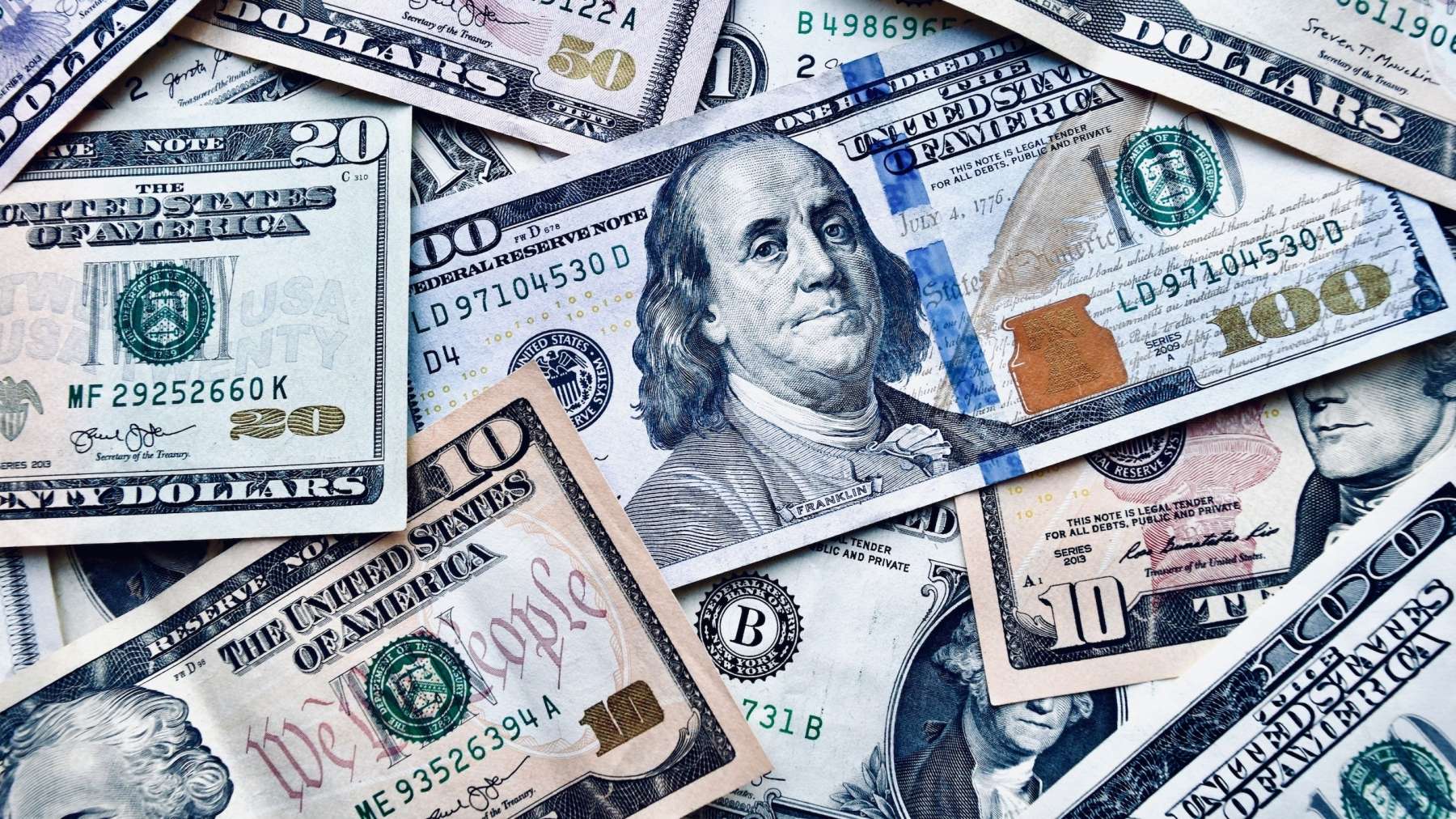Here’s how much money Rhode Island is getting from the American Rescue Plan
All told, Rhode Island state and local governments are set for a $1.6 billion boost from the feds. The share for municipalities will be sent in two installments spaced one year apart, while the state is currently eligible to receive its $1.13 billion all at once. The funds will remain available for use through the end of 2024.
May 11, 2021, 10:55 am
By Andy Boardman
We now have a glimpse of how much Rhode Island and its municipalities are eligible to receive from the American Rescue Plan.
This week, the US Treasury Department published a trove of guidance on the $350 billion in state and local aid included in the COVID-19 relief bill Congress passed in March.
Here’s how much Rhode Island can count on:
The state is expected to receive $1.13 billion, which will be available to spend until 2025. The federal government allocates funding across states using a formula that combines a flat amount — $500 million for every state — with a sliding-scale supplement based on the number of unemployed people in each state. Rhode Island is set to receive just over $1,000 per resident, the eighth largest per-capita amount of any state.
Local governments will draw a combined $537 million. That aid is split up among Rhode Island’s 39 municipalities roughly according to population — though there are a few quirks to the allocation. Here’s a quick rundown of how the funding formula works:
- Rhode Island’s six most-populous cities — Providence, Cranston, Warwick, Pawtucket, East Providence and Woonsocket — receive funding from a pot of money reserved for areas the federal government defines as “metropolitan cities.” Combined, the six cities draw $273 million from this source.
- Rhode Island’s other 33 municipalities receive funds from a separate pot dedicated to smaller cities and towns. The localities receive a combined $58 million from this source. That cash is allocated to cities and towns according to their share of the state’s population excluding the six bigger cities. (Treasury uses 2019 population estimates, rather than 2020 Census data.)
- On top of that, the federal government provides money for county-level governments — which Rhode Island does not have. (Rhode Island and Connecticut are the only states that do not have county-level governing bodies.) The $206 million Rhode Island receives in county-level funds are instead allocated to all 39 municipalities based on their population share of the county they’re in.
Adding it all up, here’s the breakdown of funding for cities and towns:

All told, Rhode Island state and local governments are set for a $1.7 billion boost from the feds. The share for municipalities will be sent in two installments spaced one year apart, while the state is currently eligible to receive its $1.13 billion all at once. The funds will remain available for use through the end of 2024.
The question now: How to spend it? This week, Treasury also released guidance on how the American Rescue Plan money can be dispensed. Here’s a summary:
- Supporting public health expenditures by funding COVID-19 mitigation efforts, medical expenses, behavioral health care, and certain public health and safety personnel
- Addressing negative economic impacts caused by the public health emergency, including economic harms to workers, households, small businesses, impacted industries and the public sector
- Replacing lost public sector revenue, using this funding to provide government services to the extent of the reduction in revenue experienced due to the pandemic
- Providing premium pay for essential workers, offering additional support to those who have borne and will bear the greatest health risks because of their service in critical infrastructure sectors
- Investing in water, sewer and broadband infrastructure, making necessary investments to improve access to clean drinking water, support vital wastewater and stormwater infrastructure, and to expand access to broadband internet.
Treasury writes that the relief dollars are intended to “help turn the tide on the pandemic, address its economic fallout, and lay the foundation for a strong and equitable recovery.”
It’s now up to state and local lawmakers to see that these funds achieve their objective.






